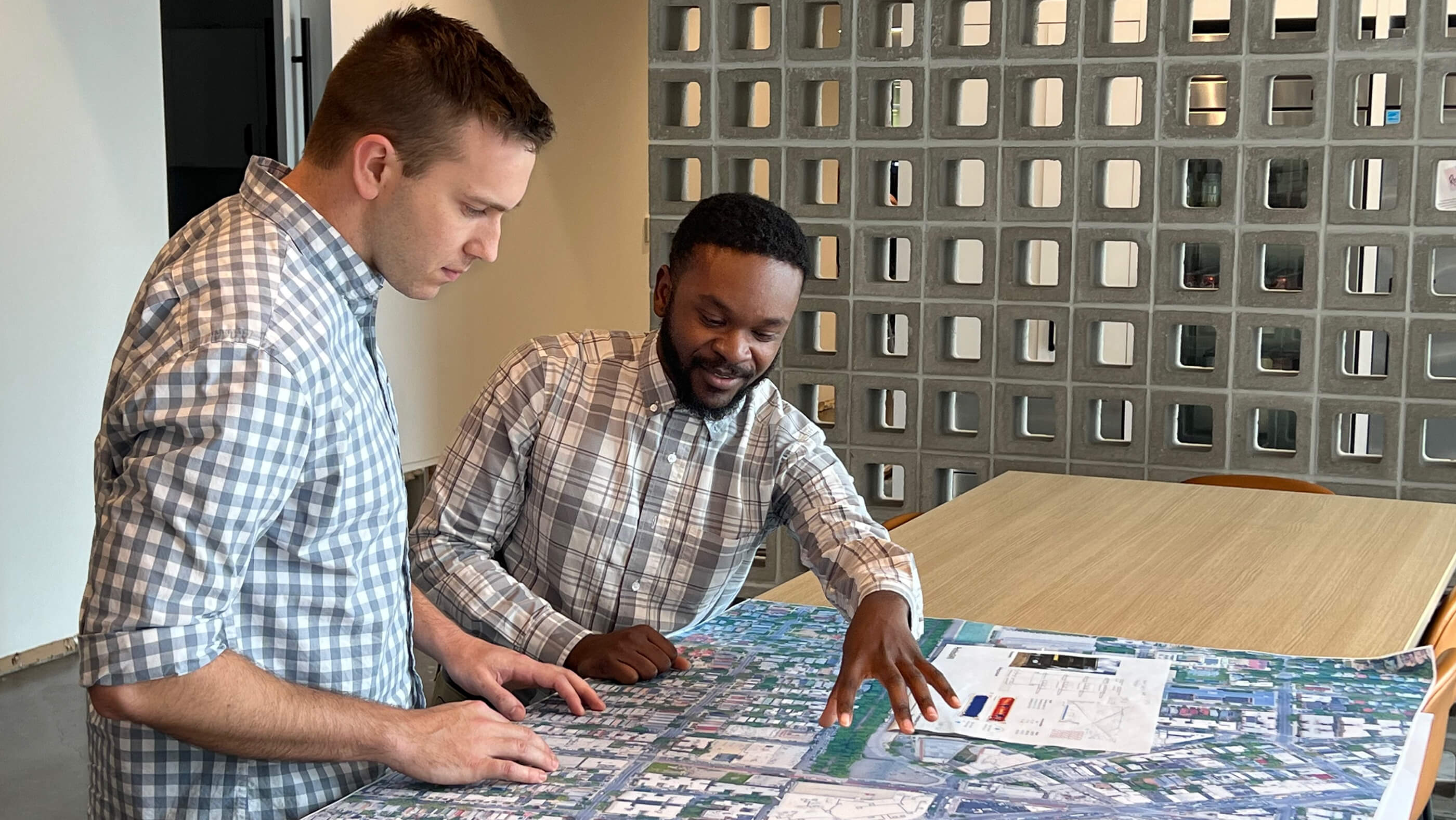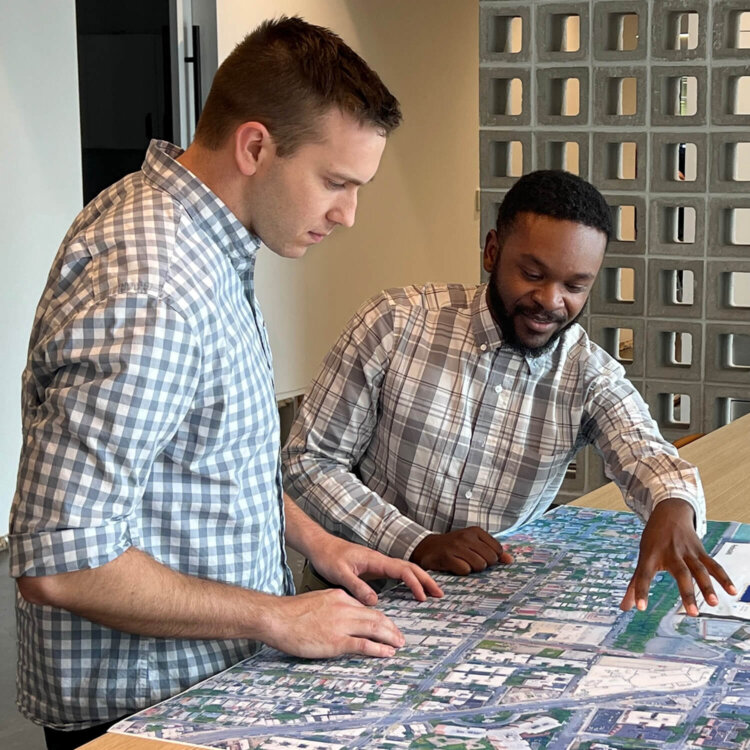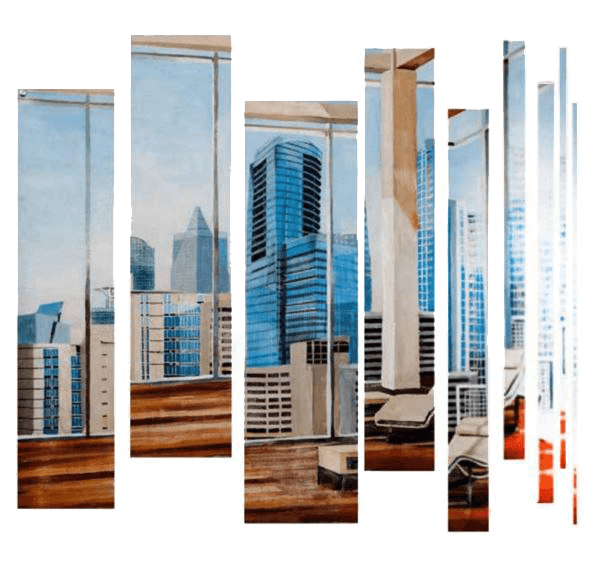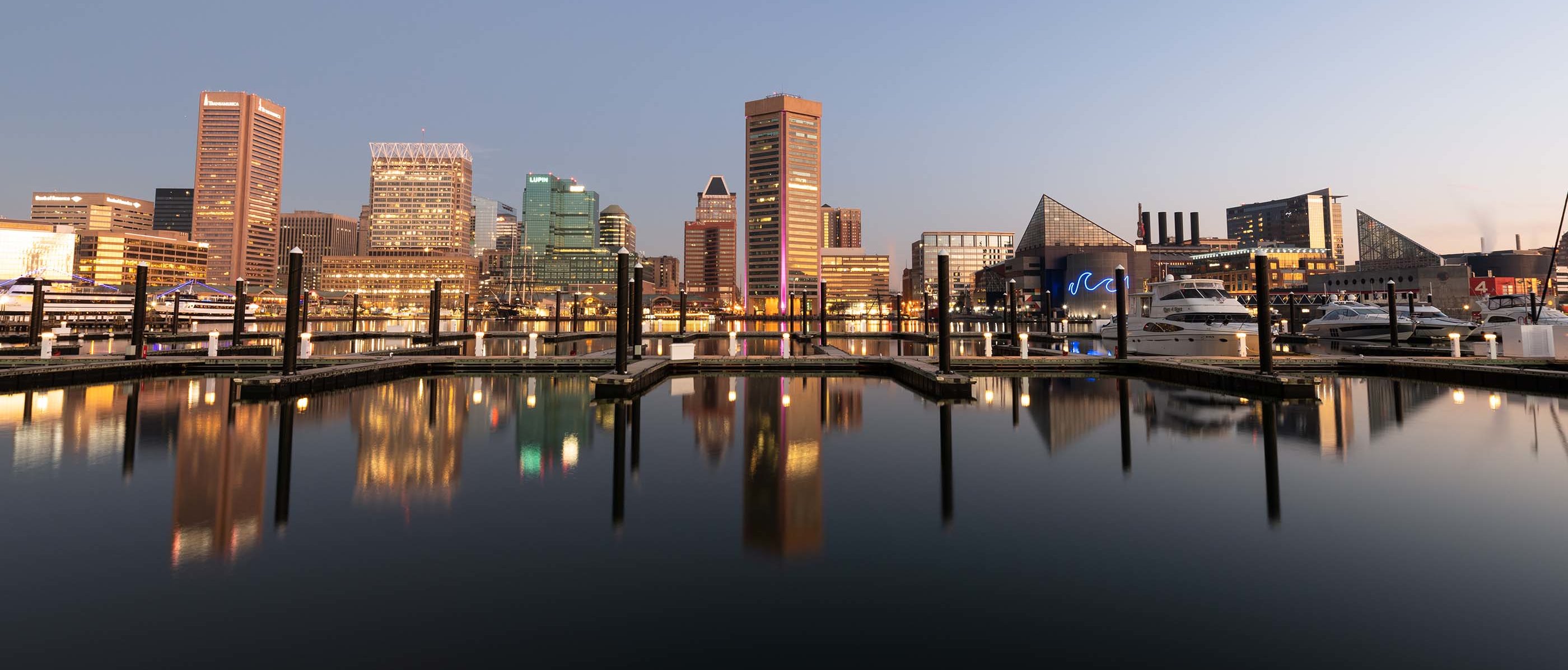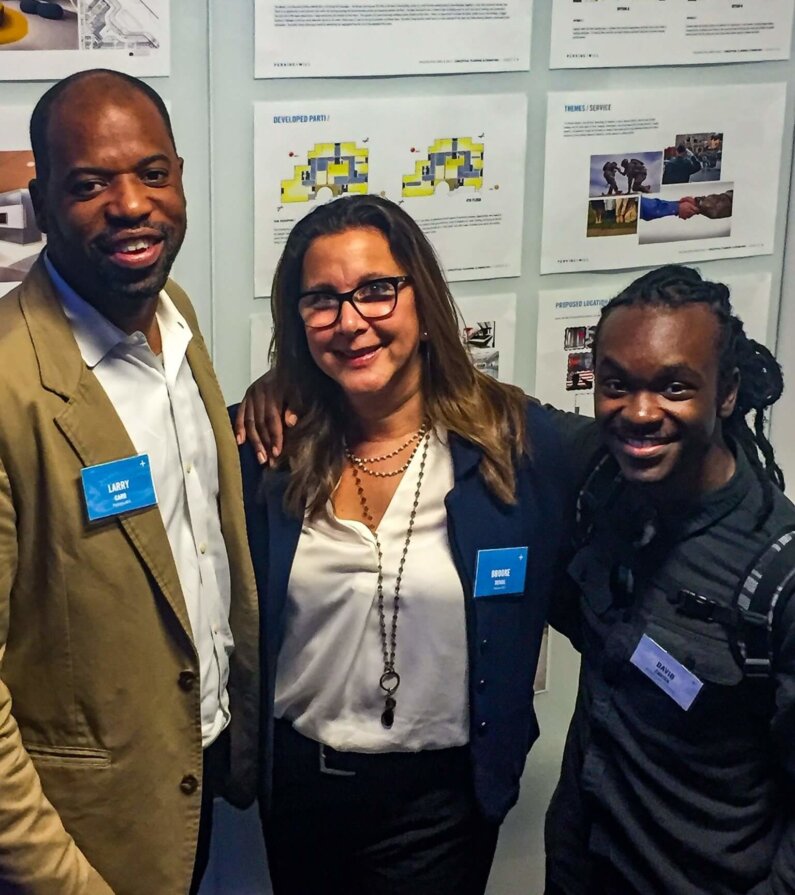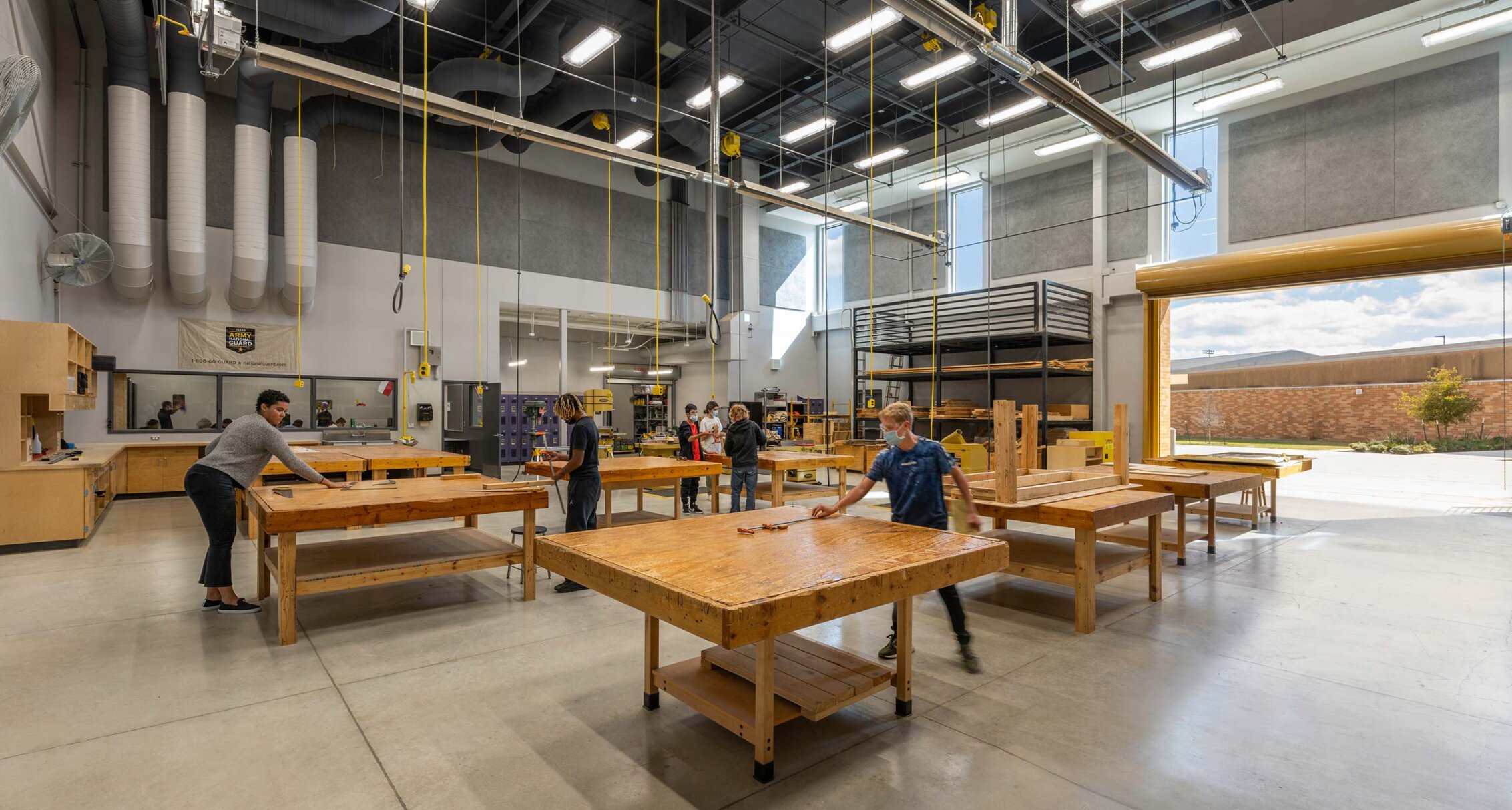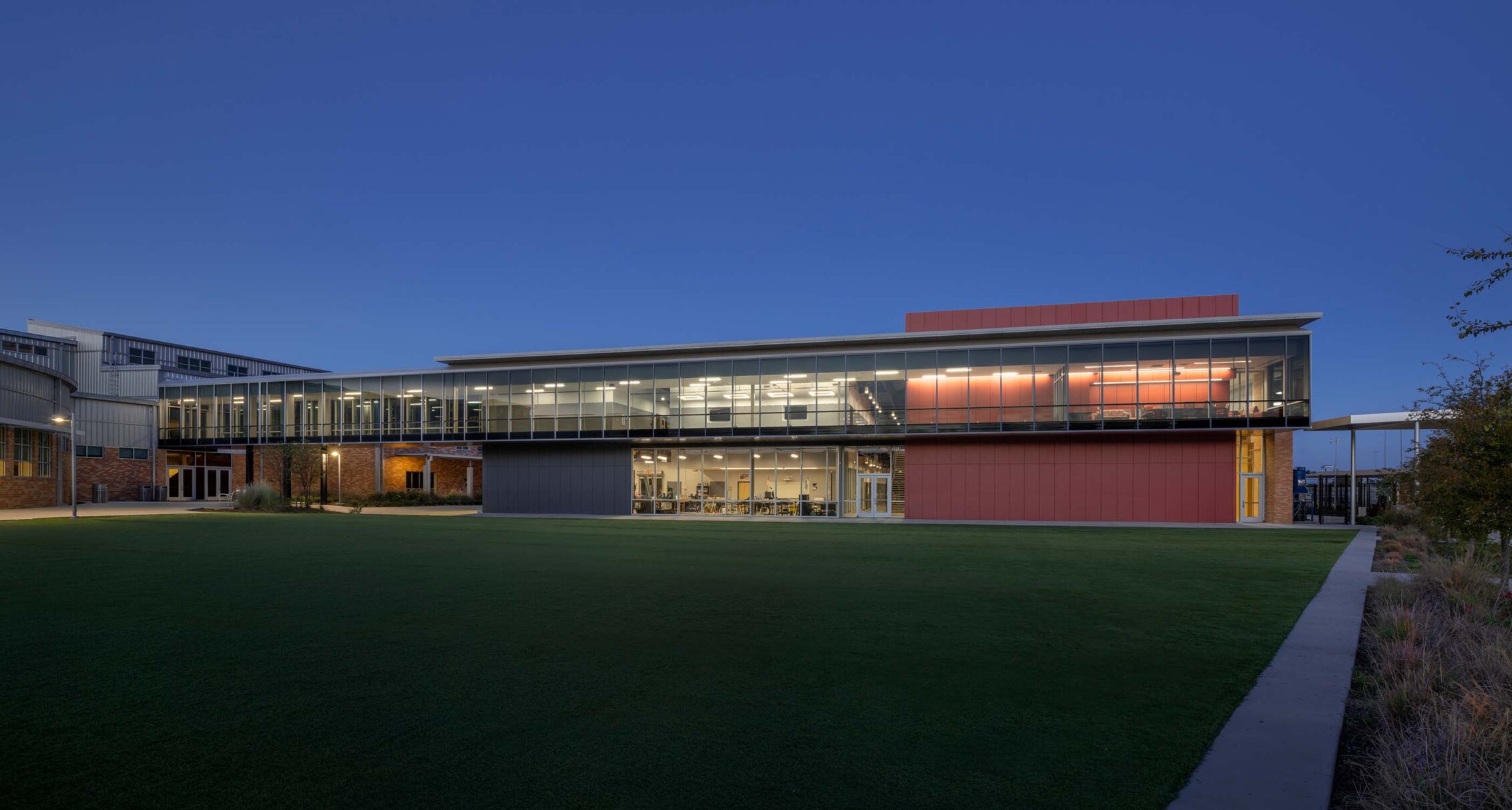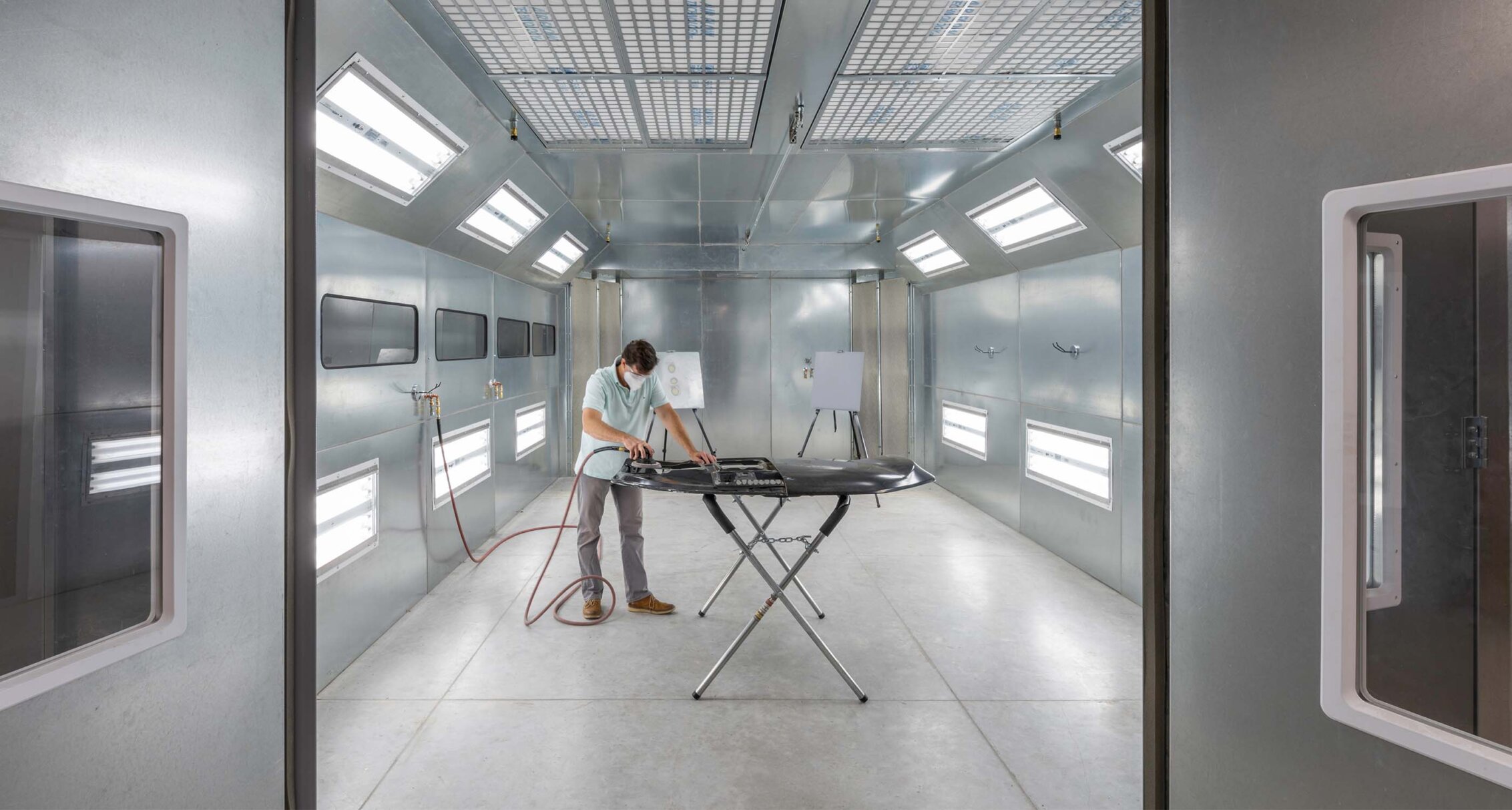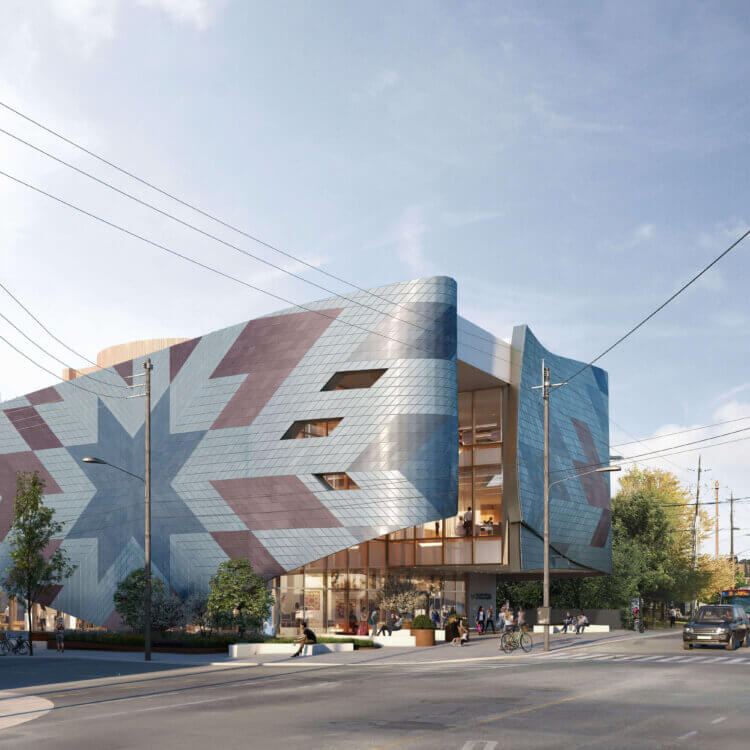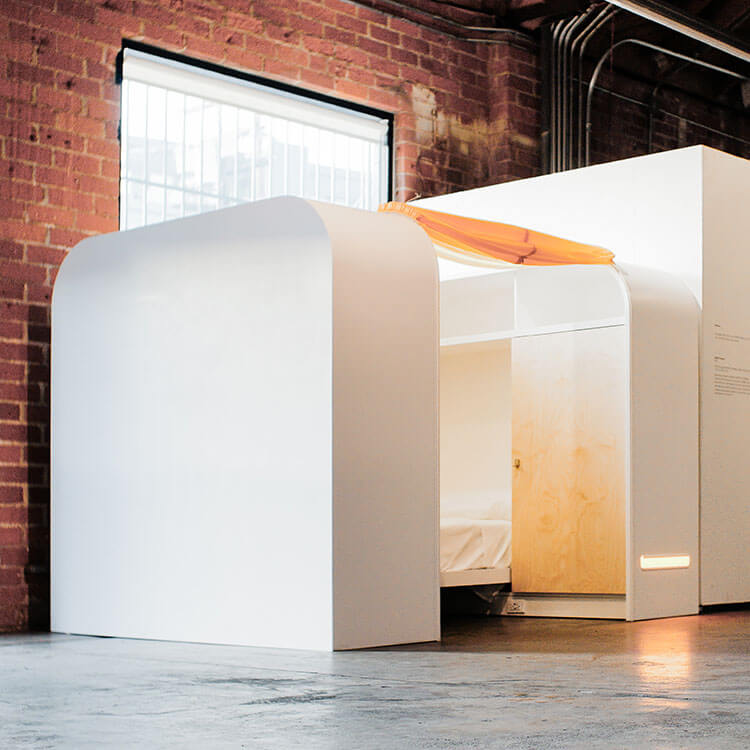“To me, architecture is another form of art, a way to manifest our personal and shared values. That is why there’s so much power in diversity and representation in design. We can design places that really reflect the communities we’re creating for.”
Carter’s journey has not been an easy one. Growing up between Atlanta and Baltimore, Carter saw the needs of underserved communities, and he experienced periods of homelessness as a child and teenager. “We often take things for granted like being able to keep the lights on, a warm meal, or a bed to sleep in,” he explains. “I was staying in shelters with my parents, and it was an experience that really stuck with me. When I could put together enough to cover the cost of pencils and paper, drawing allowed me to step outside my day-to-day and dream for a little while.” This sparked an early interest in housing, creating safe and comfortable places that make people feel at home.
